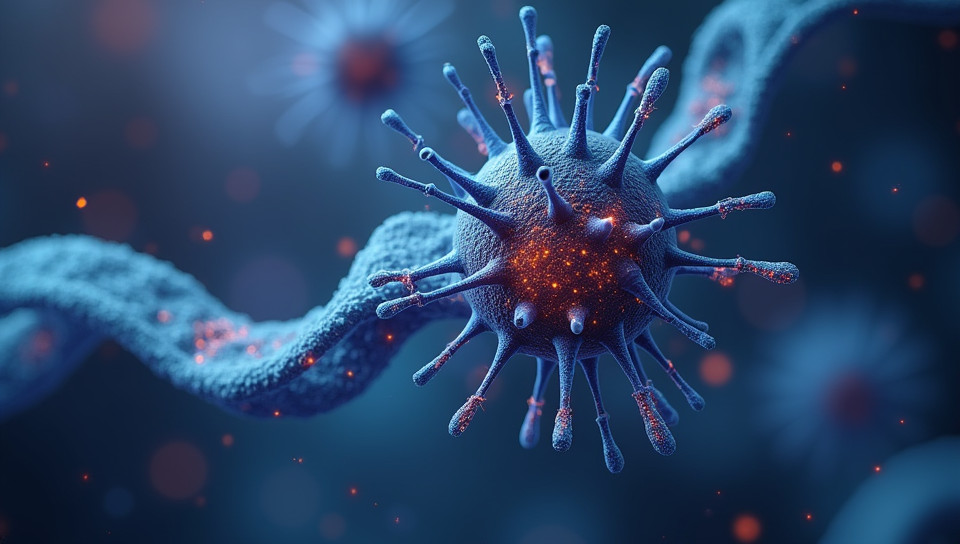CRISPR-based methods are used for gene therapy 86%

The Future of Gene Therapy: Unlocking the Potential of CRISPR-based Methods
Imagine a world where genetic diseases are a thing of the past, and patients can live healthier, longer lives without the burden of debilitating conditions. This vision is becoming a reality thanks to the rapid advancement of gene therapy, particularly with the help of CRISPR-based methods. In this article, we'll delve into the exciting world of CRISPR-based gene therapy, exploring its mechanisms, applications, and potential.
What is CRISPR?
CRISPR (Clustered Regularly Interspaced Short Palindromic Repeats) is a powerful tool for editing genes in living organisms. It was first discovered in bacteria as a defense mechanism against viral infections, but scientists soon realized its potential for gene editing. CRISPR consists of two main components: the guide RNA and the Cas9 enzyme. The guide RNA is programmed to target specific DNA sequences, while the Cas9 enzyme cuts the DNA at those sites.
How does CRISPR work in Gene Therapy?
In gene therapy, CRISPR is used to modify or replace genes that cause disease. This is achieved by delivering CRISPR components into cells using viral vectors or electroporation. Once inside, the guide RNA locates and binds to the target DNA sequence, while the Cas9 enzyme cuts the DNA at that site. This creates a double-stranded break in the DNA, which the cell then repairs by either removing or replacing the faulty gene.
Applications of CRISPR-based Gene Therapy
CRISPR-based gene therapy has numerous potential applications across various diseases:
- Inherited genetic disorders such as sickle cell anemia and cystic fibrosis
- Cancer treatment by editing genes that promote tumor growth
- Genetic immunodeficiencies, such as severe combined immunodeficiency (SCID)
- Viral infections, like HIV, where CRISPR can be used to edit genes that make the virus more vulnerable to the immune system
Future Directions and Challenges
While CRISPR-based gene therapy holds immense promise, several challenges must be addressed before its widespread adoption. These include:
Efficient delivery of CRISPR components into cells Minimizing off-target effects and unintended consequences Ensuring the long-term stability of gene edits Addressing regulatory and ethics concerns surrounding gene editing
Conclusions
CRISPR-based methods have revolutionized the field of gene therapy, offering a promising solution for treating genetic diseases. With its precision and versatility, CRISPR has the potential to transform the lives of millions worldwide. While challenges remain, continued research and innovation will bring us closer to a future where gene editing becomes a reality. As scientists and healthcare professionals, we must work together to harness the power of CRISPR-based gene therapy and create a brighter, healthier world for all.
- Created by: Zion de Guzman
- Created at: Jan. 13, 2025, 2:40 p.m.
- ID: 17747









